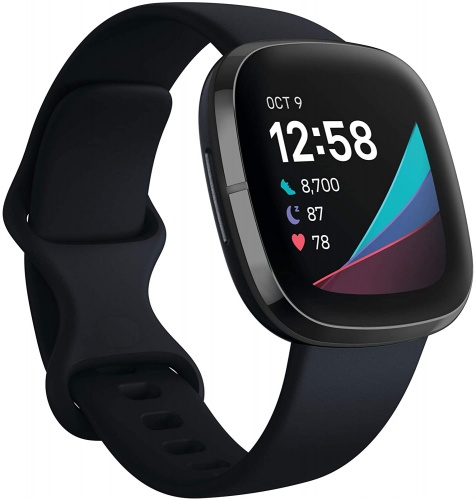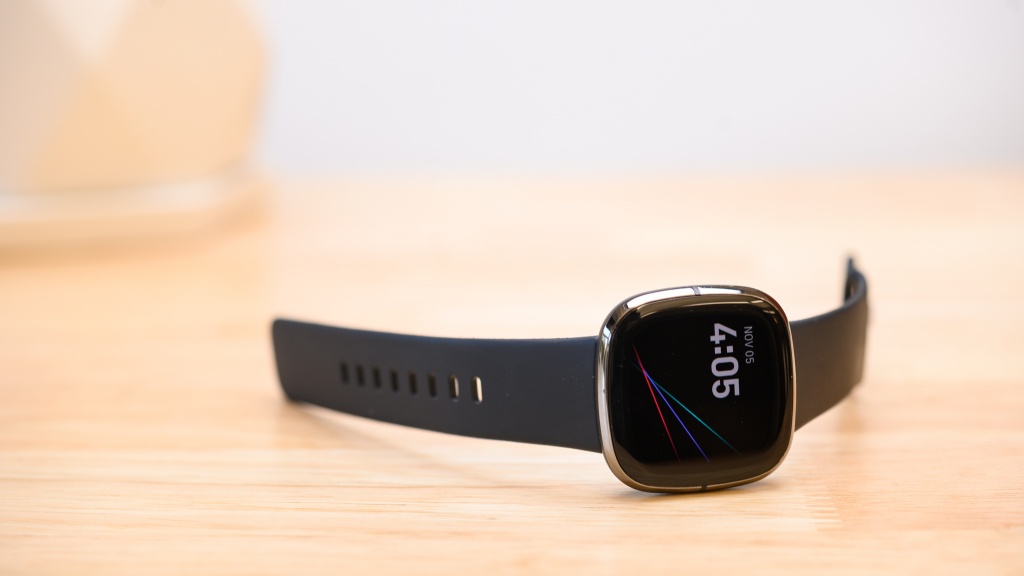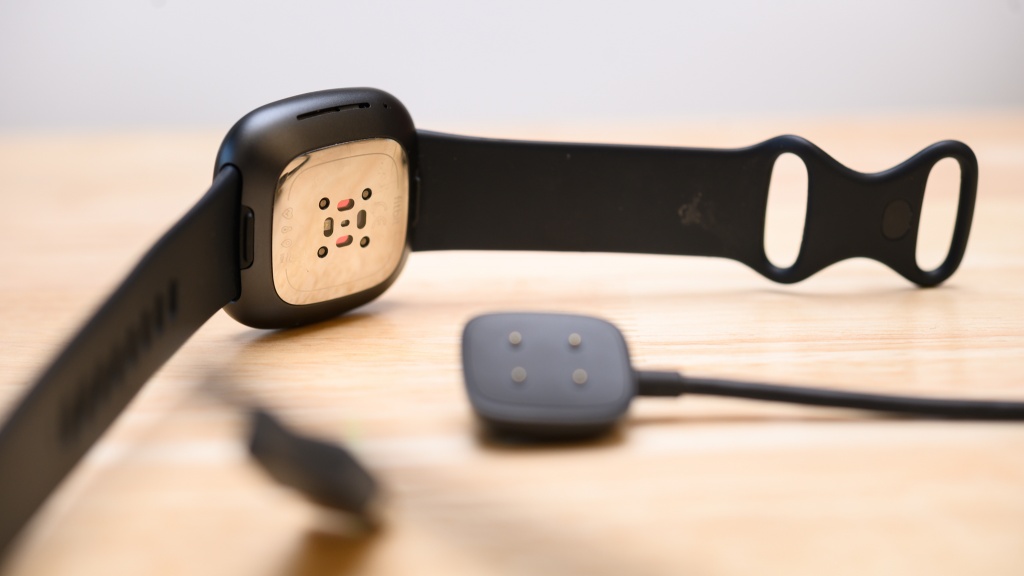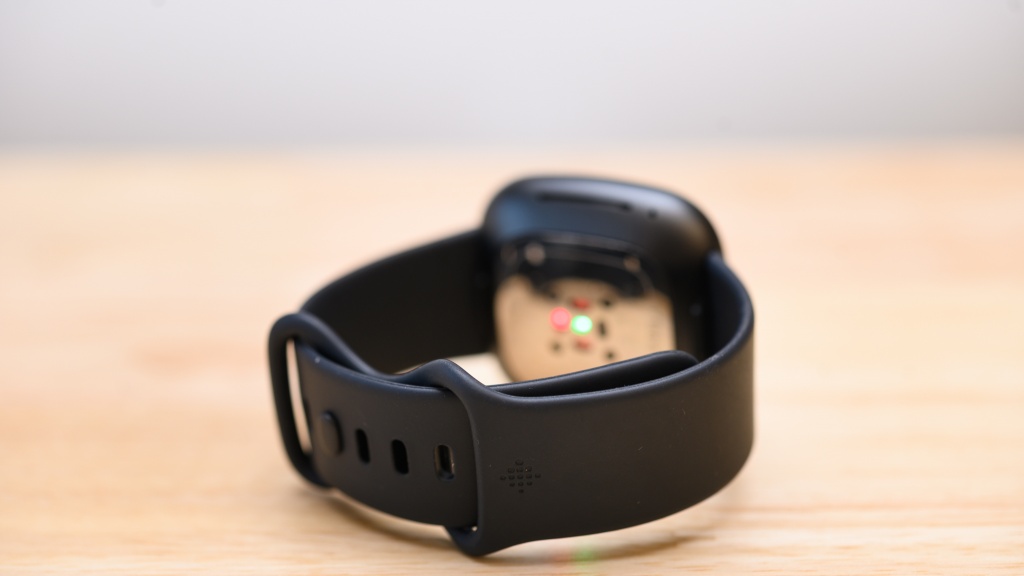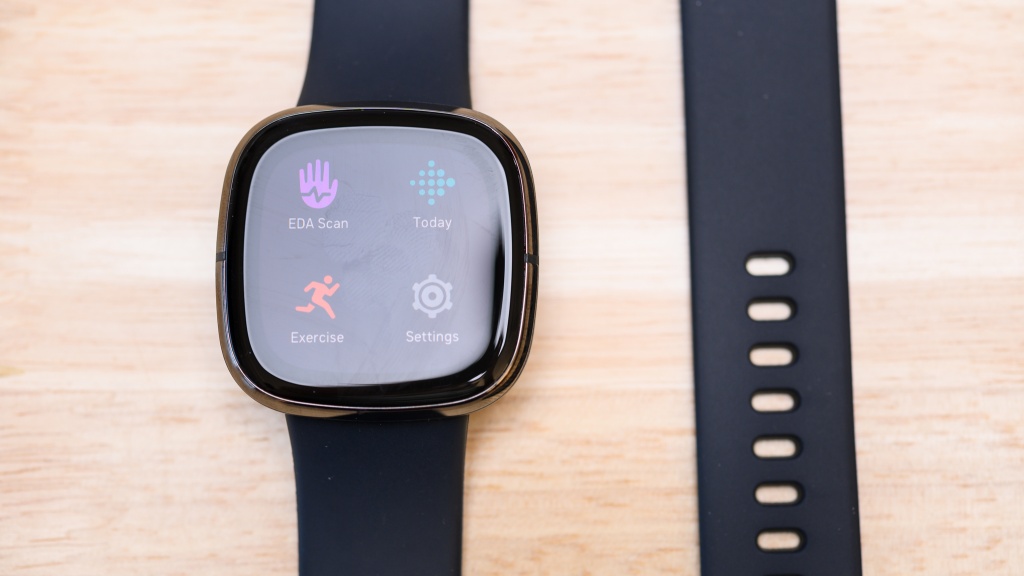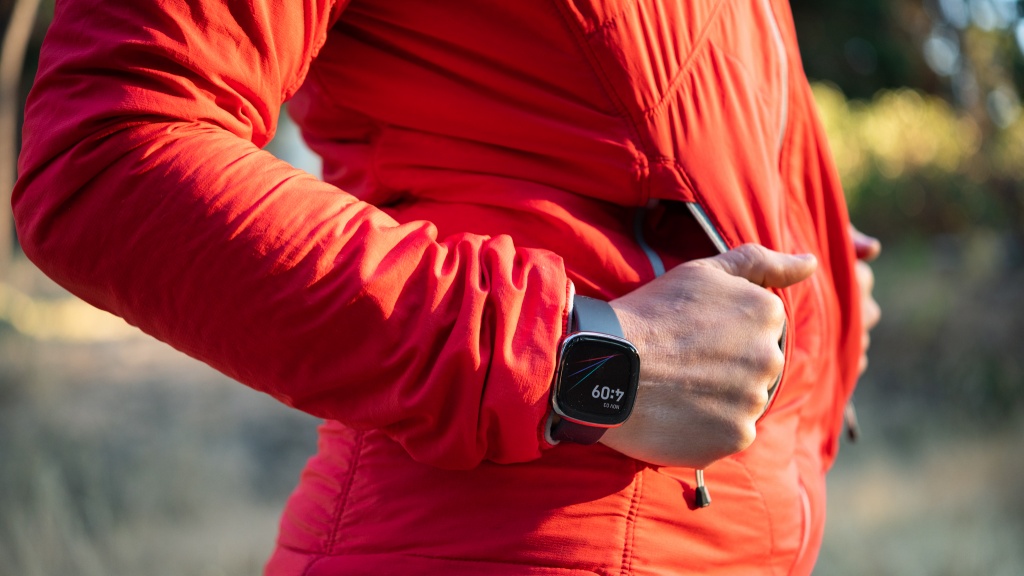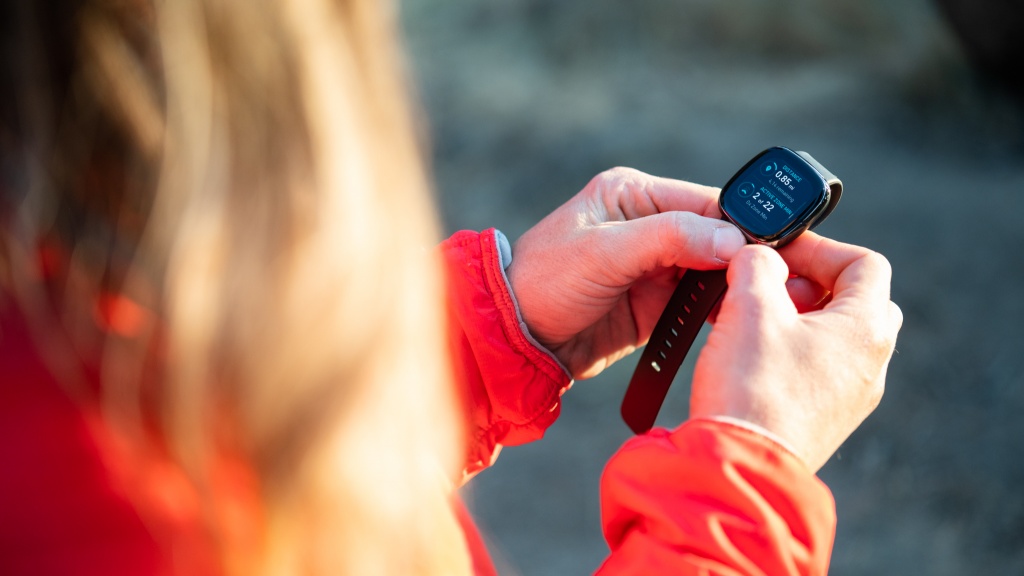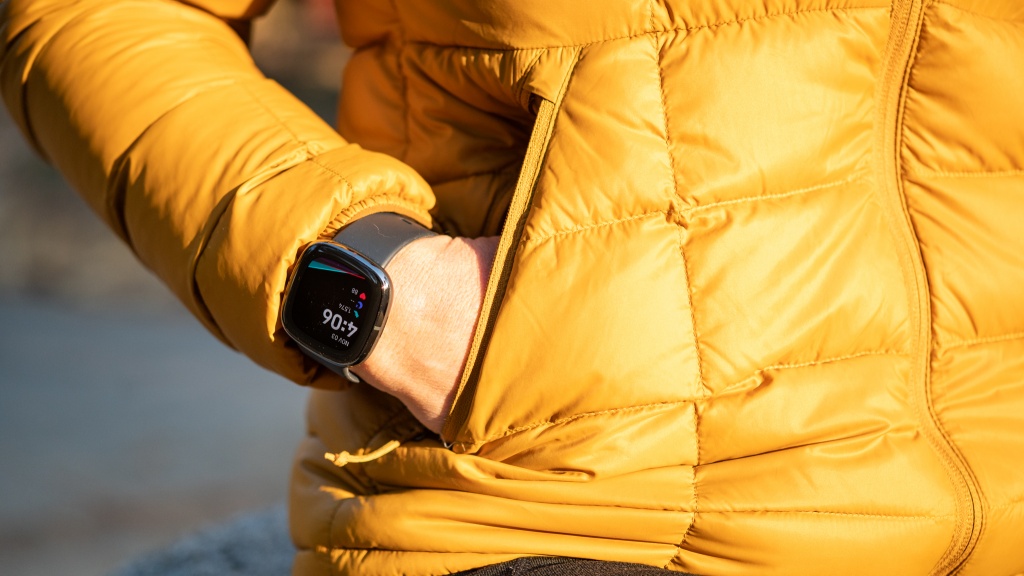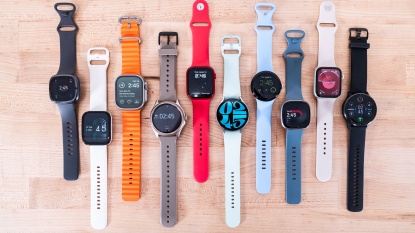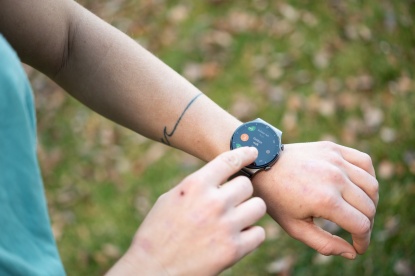Fitbit Sense Review
Our Verdict
Our Analysis and Test Results
This smartwatch has some particularly unique abilities. It can monitor stress levels, SpO2, and even skin temperature. These are somewhat specialized features and, while good for some, keep this smartwatch from having a more broad appeal.
Performance Comparison
Ease of Use
We evaluated ease of use by comparing user-friendliness and ease of operation for each smartwatch. We rated the interface, the responsiveness of its touchscreen, how easy it is to swap wristbands, water resistance, and ease of recharging. The Fitbit Sense fared fairly well in these aspects, earning an above-average score.
The Sense is water-resistant to a depth of 50 meters or 5 atmospheres, making it more than suitable for wearing in the shower or the pool. This watch uses a magnetic charger with four magnetic pins that lock it into position. Magnets hold the charging cable very securely and take a considerable amount of force to break free.
This watch doesn't have much of an interface besides the touchscreen and a side touch button. We found that the touchscreen isn't quite as responsive compared to many of the other watches that we tested, and it occasionally misread swipes. Additionally, the touch button didn't always respond to our taps. It did wake up fairly fast when we raised our wrist, but there was a slightly more noticeable delay than some of the other watches. The Sense also lacks a rotating bezel or crown scroll that other watch models have.
Unlike other smartwatches that require specific tools, the bands on the Sense are very easy to swap. You simply depress a tab on the back of the watch, and the band pops right out. The new band just as easily snaps into place.
Smart Functions
For this metric, we looked at available third-party apps, if you can take voice calls from the watch, music control, if the watch can be used as a mobile payment option, and if there is standalone GPS for location data when your phone isn't connected. The Sense, being more specifically dedicated to fitness tracking, did about average in this regard, with some smart functions being improved with the use of an Android phone.
We found the Sense to have a little smaller of an app library than some of the other watches, though it can get notifications from other apps and even send quick replies to messaging apps if you are using an Android phone. This watch will ring when you get a phone call, and you can answer it from your wrist, but you still need to take out your phone to actually take the call. However, Fitbit says that this feature will be coming soon.
While the Sense lets you control your music with Spotify and Pandora, you do need to have premium subscriptions to be able to use them. The Sense also has NFC capabilities, allowing it to be used as a payment option for Fitbit Pay. This watch has an integrated GPS unit for tracking location data on runs and during other workouts but lacks a standalone cellular connection or abilities.
Display
Next, we looked at and compared the display for each watch. We awarded points based on the image quality, the ease of reading in bright light, and the different backlight brightness settings. We think the Sense has one of the better-looking screens of the group. We like the excellent image quality and how easy it is to read the display — even in bright sunlight or at night. You can set the display to always be on, but you can't set the backlight to automatically adjust based on ambient lighting conditions.
Fitness Impact
Next, we rated and compared the different fitness and workout tracking abilities. We tested out the accuracy of the step counter and heart rate monitor and looked at the different workout tracking capabilities. The Sense got off to a great start in this set of tests by very accurately counting steps in our three different mile-long trials. This smartwatch averaged just 11 steps off of the true manual count, tracked with a mechanical clicker. It was also very accurate in our stair climbing tests, recording all ten flights of stairs climbed.
It didn't do quite as well in our heart rate monitor tests, routinely showing a discrepancy of around 25 bpm from our control chest strap for an elevated heart rate. However, it was fairly close to the chest strap when measuring a resting heart rate. The Sense also has a ton of different workouts that it can track. The integrated GPS unit makes it easy to collect location data, and the Sense will display distance, speed, duration, time, estimated calories burned, and plenty of other information, depending on the workout profile being used.
Battery
Fitbit states that you can get about six days of battery life with this watch, which our tests confirmed. However, using the always-on display or lots of functions that rely on GPS will severely cut down on battery life, as is typical. The Sense also charges quickly, only taking around 24 minutes to hit 50% and 76 minutes for it to recharge completely. Even better, it only takes around 12 minutes for it to charge enough to last for a full day.
Value
Unfortunately, the Fitbit Sense is one of the more expensive options we tested. If you feel you will use all the features, it may be worth it, but otherwise, this is a pricey option.
Conclusion
The Fitbit Sense is a good option if you can make use of its specialized and high-end fitness and health tracking features.


